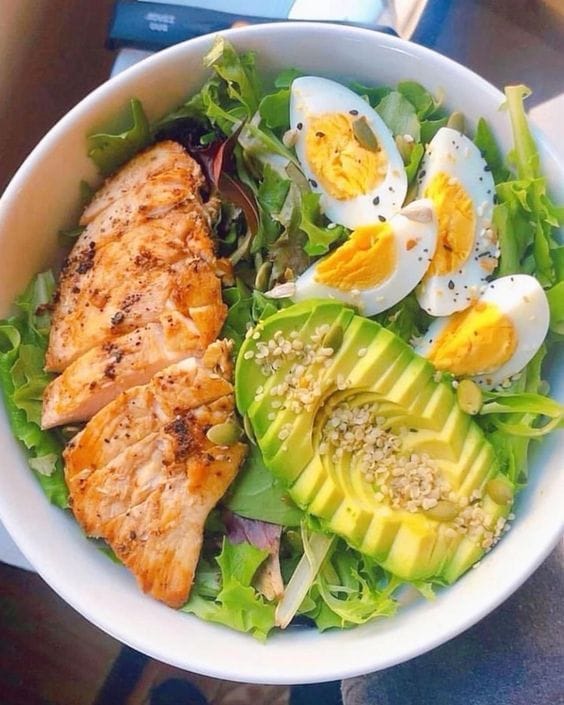Polycystic Ovary Syndrome (PCOS) or Polycystic Ovary Disease (PCOD) is a common hormonal disorder that affects women, often impacting weight, insulin levels, and hormonal balance. Managing PCOD through diet can help reduce symptoms, regulate menstrual cycles, and improve insulin sensitivity. Here’s a detailed diet chart tailored for women with PCOD, focusing on low-glycemic index foods, anti-inflammatory nutrients, and balanced macronutrients.
General Guidelines for a PCOD Diet Chart
- Eat Smaller, Balanced Meal
- Focus on Low-Glycemic Index (GI) Foods
- Increase Fiber Intake
- Choose Lean Proteins in Every Meal
- Incorporate Healthy Fats
- Limit Processed Foods and Refined Carbohydrates
- Stay Hydrated
- Add Anti-Inflammatory Foods
- Consider Minimizing Dairy and Gluten (If Sensitive)
- Maintain Portion Control and Balanced Meals
- Avoid Trans Fats and Limit Saturated Fats
Sample Daily Diet Plan for PCOD
Morning (Upon Waking)
- Lukewarm water with 1 tablespoon of apple cider vinegar (optional: add 1 tsp of honey if needed)
- OR
- Warm water with fresh lemon juice and a pinch of cinnamon
This helps kick-start metabolism and manage insulin sensitivity.

Breakfast (8:00 AM - 9:00 AM)
- Option 1: Oats with chia seeds, topped with nuts (almonds, walnuts), and a handful of berries (blueberries or strawberries)
- Option 2: Vegetable omelet made with spinach, tomatoes, and bell peppers with a slice of whole-grain toast
- Option 3: Greek yogurt smoothie with spinach, 1 tbsp of flaxseed, and 1/2 banana
Note: Avoid processed cereals and stick to whole grains or protein-based breakfasts.
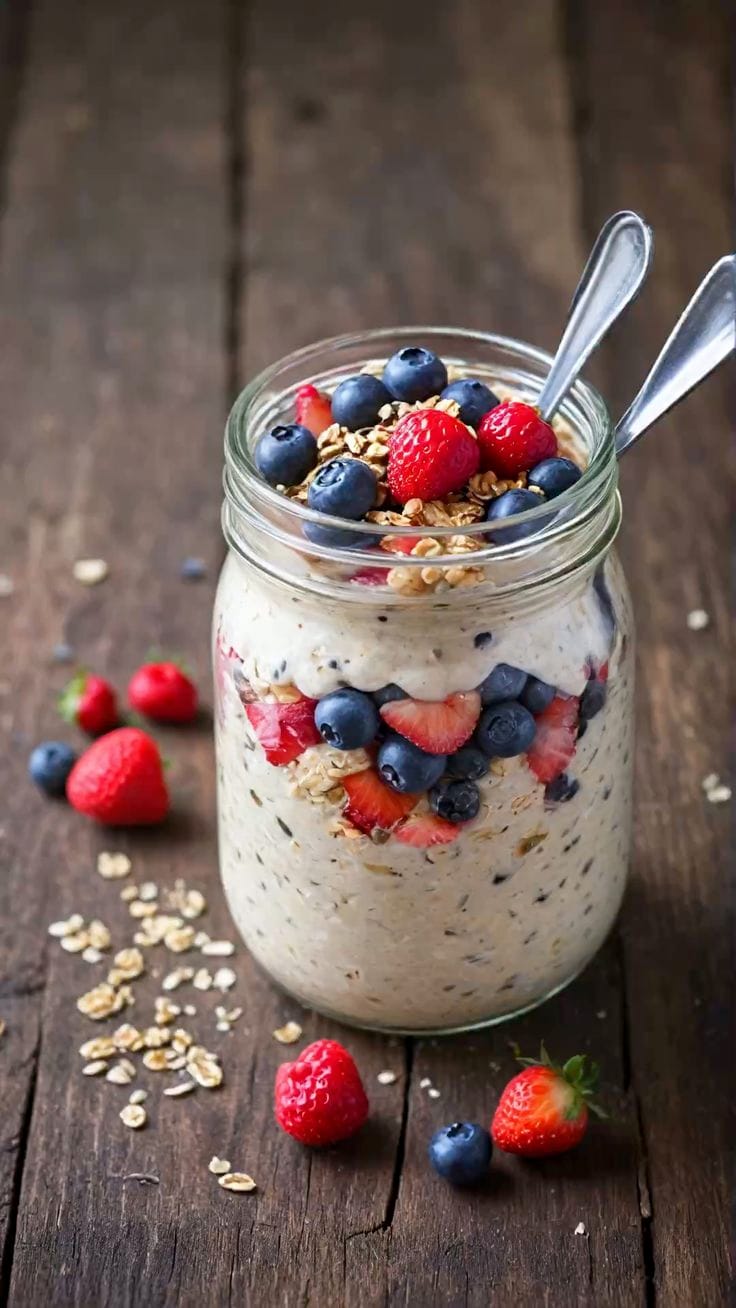
Mid-Morning Snack (10:30 AM - 11:00 AM)
- Option 1: A handful of mixed nuts (almonds, walnuts, and pumpkin seeds)
- Option 2: A small apple with a few slices of cottage cheese
- Option 3: 1 cup of green tea or matcha tea with a boiled egg
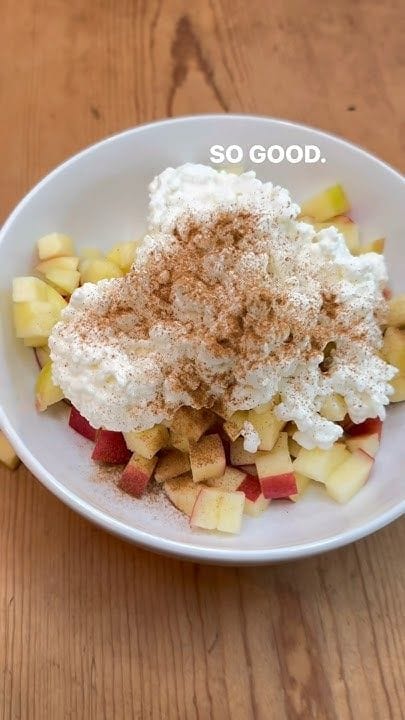
Lunch (1:00 PM - 2:00 PM)
- Option 1: Quinoa salad with chickpeas, mixed vegetables (cucumber, carrots, bell peppers), and a sprinkle of flaxseed, dressed with olive oil and lemon
- Option 2: Brown rice with grilled tofu or chicken, accompanied by a side of sautéed leafy greens (spinach or kale)
- Option 3: Whole-wheat chapati with a bowl of dal (lentils) and mixed vegetable curry (preferably with non-starchy veggies like zucchini, spinach, and broccoli)
Add-ons: Include a bowl of green salad with cucumber, tomatoes, and greens as a fiber boost.
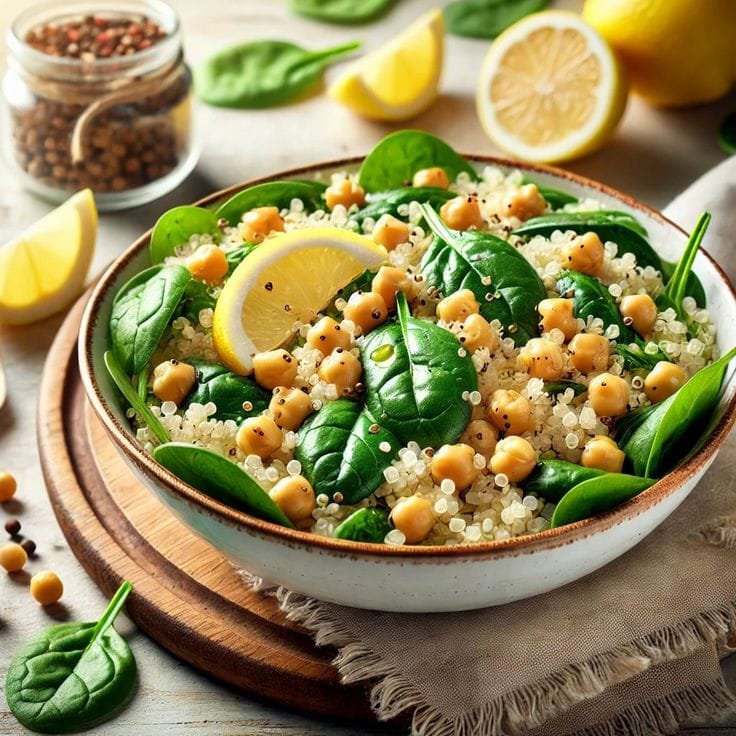
Evening Snack (4:00 PM - 4:30 PM)
- Option 1: Green tea with 1-2 unsweetened rice cakes topped with almond butter
- Option 2: Roasted chickpeas or pumpkin seeds for a crunchy, protein-rich snack
- Option 3: Carrot and cucumber sticks with hummus for dipping
Tip: Avoid sugary drinks or snacks and focus on low-GI foods for sustained energy.
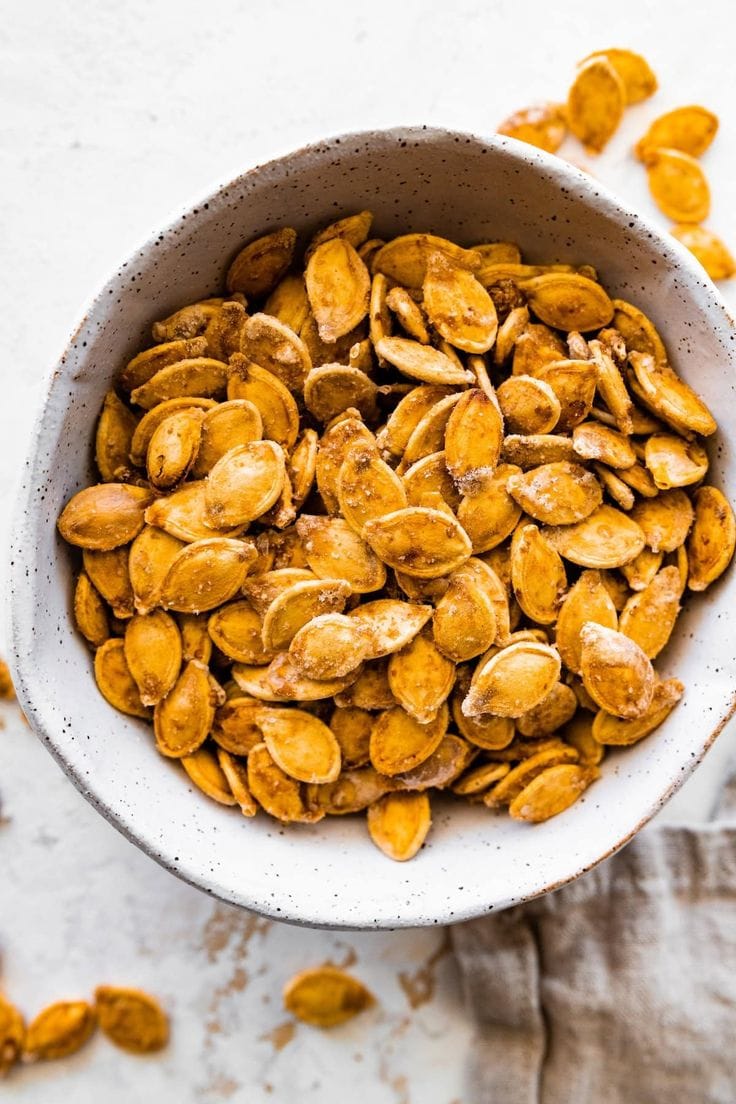
Dinner (7:00 PM - 8:00 PM)
- Option 1: Grilled fish (such as salmon or mackerel) with a side of steamed vegetables (broccoli, carrots, and asparagus)
- Option 2: Stir-fried tofu with mixed vegetables (bell peppers, zucchini, and broccoli) over a small portion of brown rice or cauliflower rice
- Option 3: Lentil and vegetable soup with a side salad, or a stuffed vegetable wrap with whole-grain wrap, hummus, and plenty of greens.
Note: Keep portions moderate and include plenty of vegetables to fill up without excessive calories.

Post-dinner (Optional, around 9:00 PM if hungry)
- Option 1: A small bowl of Greek yogurt with a sprinkle of cinnamon
- Option 2: A handful of walnuts or a small piece of dark chocolate (70% or higher cacao content)
This snack can curb late-night cravings and provide healthy fats, which promote satiety.
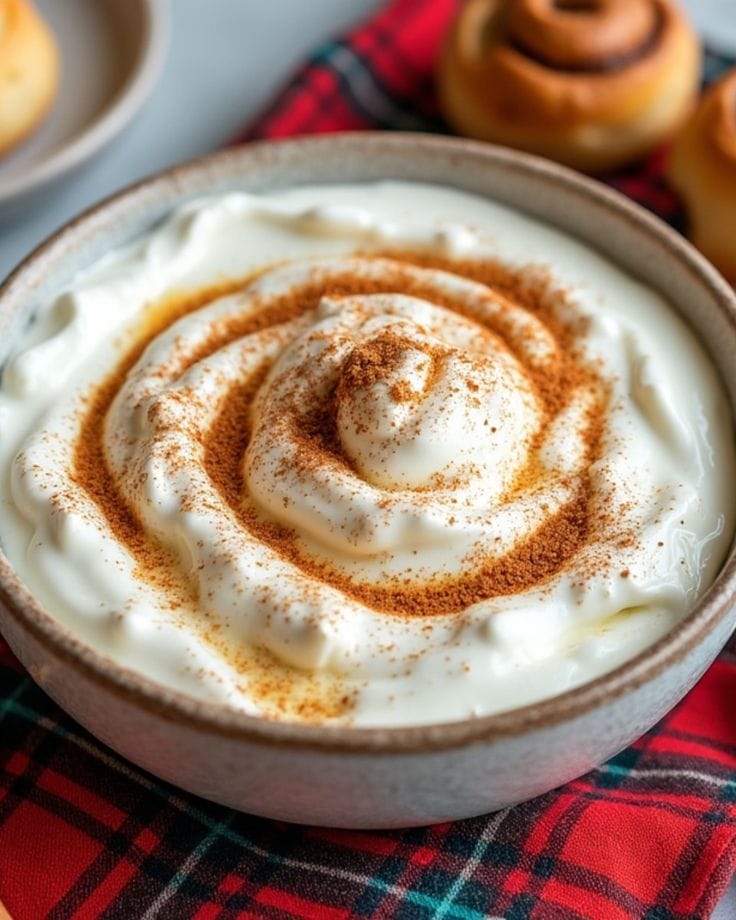
Additional Tips for PCOD Diet
- Hydrate Well: Aim for at least 8 glasses of water per day. Herbal teas, especially peppermint and spearmint, can help manage PCOD symptoms.
- Avoid Processed Foods and Sugars: Minimize refined carbs, sugary snacks, sodas, and processed foods as they can spike blood sugar and insulin levels.
- Opt for Anti-Inflammatory Foods: Turmeric, ginger, leafy greens, and fatty fish help reduce inflammation in the body.
- Limit Dairy and Gluten (If Sensitive): Some women with PCOD find symptom relief by reducing dairy and gluten, as these can potentially cause inflammation and digestive issues.
Sample Weekly Meal Plan
Foods to Include
- Whole grains: oats, quinoa, brown rice, barley
- Lean proteins: chicken, fish, tofu, lentils, beans
- Healthy fats: olive oil, avocado, nuts, seeds
- Low-GI fruits: berries, apples, pears
- High-fiber vegetables: spinach, broccoli, carrots, bell peppers
Foods to Avoid
- Sugary foods and drinks
- Refined carbs (white bread, pastries)
- Saturated fats (processed meats, fried foods)
- Excessive dairy or gluten (if sensitive)

